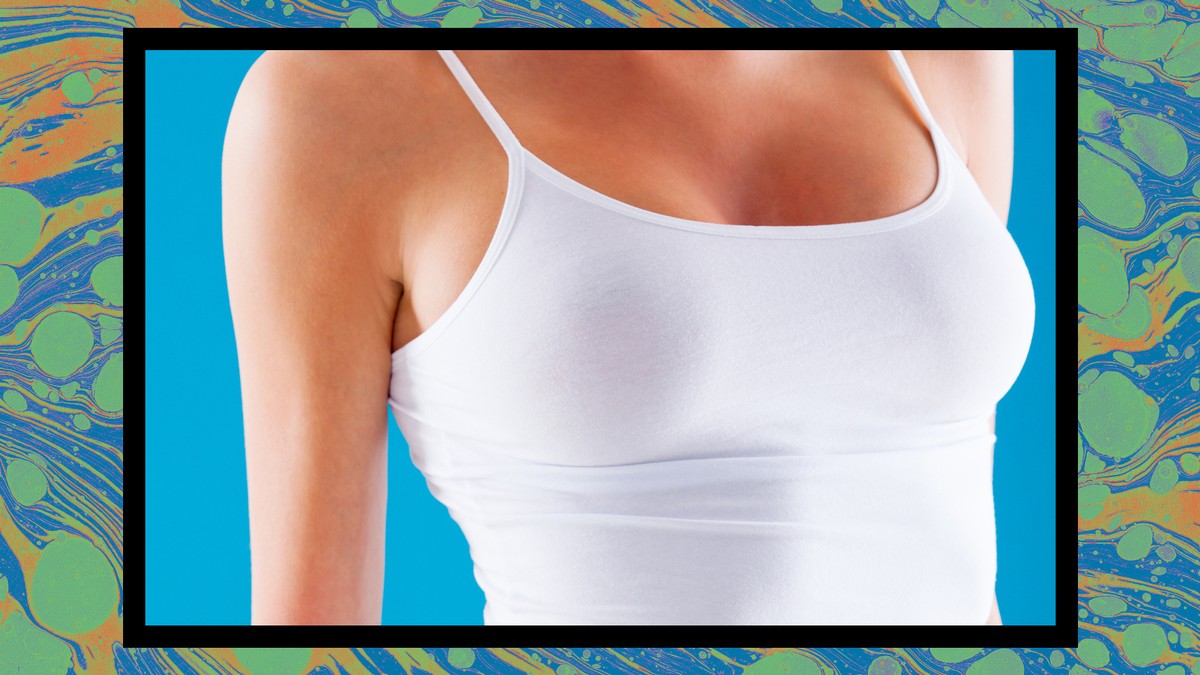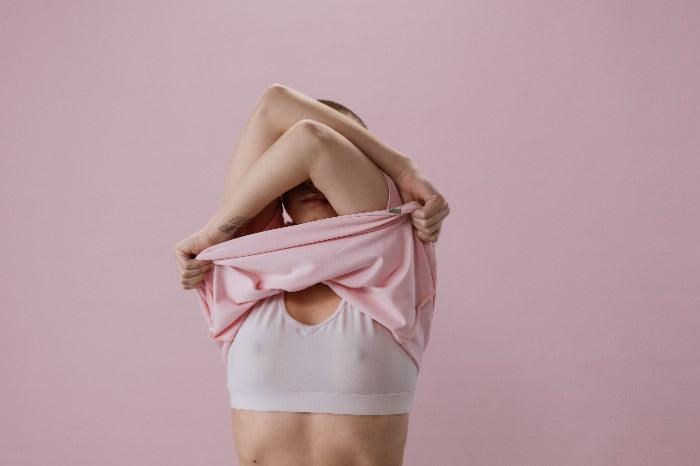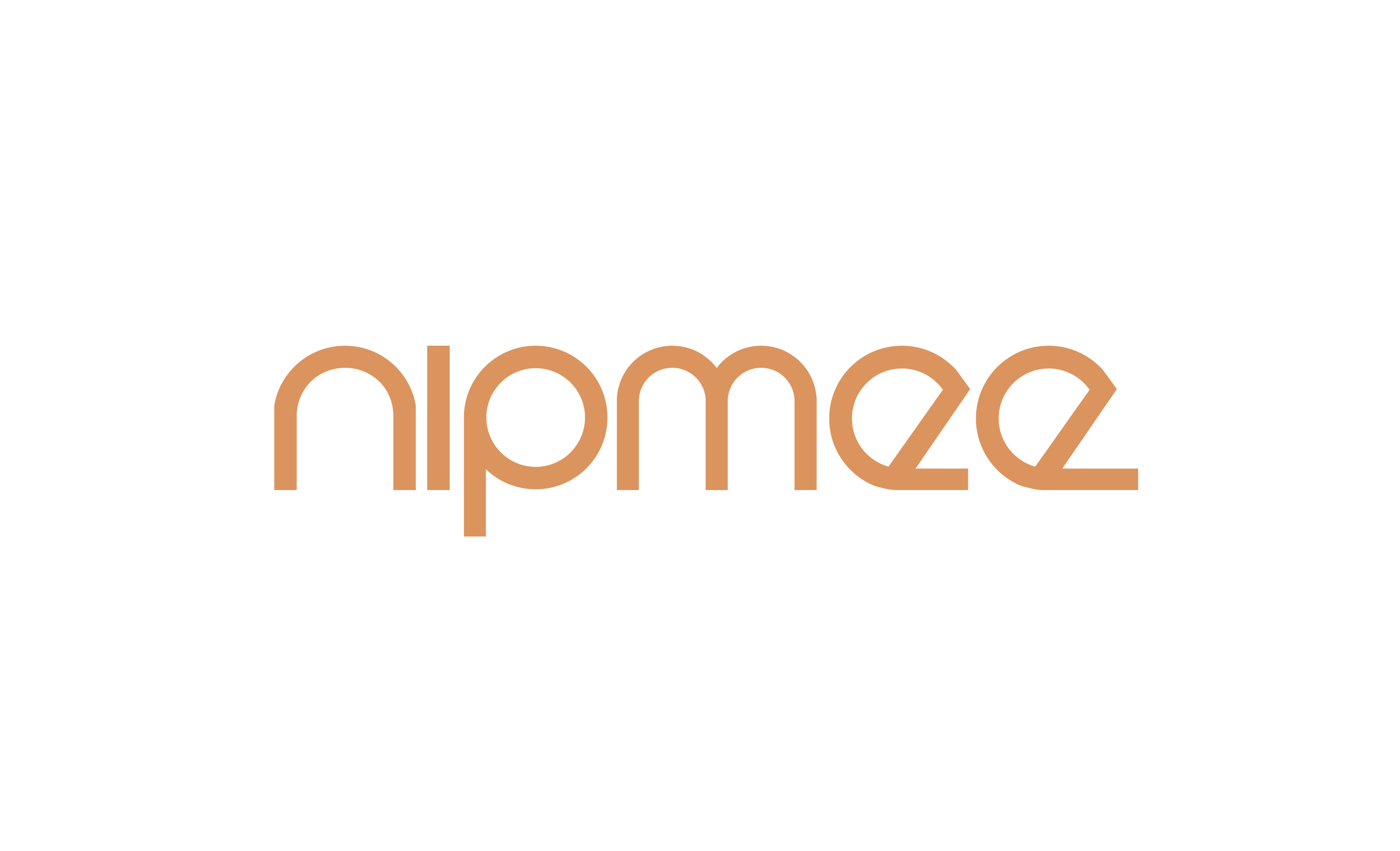Nipple covers are generally safe to wear. They are designed to protect sensitive skin and provide discreet coverage. In this blog, you will learn more about are nipple covers safe to wear.
Nipple covers, also known as pasties, have become popular for their convenience and discreetness. Made from materials like silicone, fabric, or adhesive gels, they offer a comfortable and secure fit. They are particularly useful under sheer or thin fabrics where traditional bras might not work.
Nipple covers come in various sizes and shapes, catering to different needs and preferences. They are easy to apply and remove, usually without irritating. Always choose high-quality, hypoallergenic options to avoid skin reactions. Regularly check for any signs of discomfort or irritation to ensure continued safe use. Nipple covers provide a practical solution for many wardrobe challenges.
Introduction To Nipple Covers
Nipple covers have gained popularity. These small accessories offer discreet coverage. Many wonder about their safety and uses. This article provides insights into nipple covers.
What Are Nipple Covers?
Nipple covers, also known as pasties, are small adhesive pads. They cover the nipples. These covers are made from materials like silicone, fabric, or latex. They come in different shapes and sizes. Some are reusable, while others are for one-time use.
Common Uses
Nipple covers serve various purposes. Here are some common uses:
- Under Sheer Clothing: Nipple covers provide modesty under see-through outfits.
- For Comfort: They prevent chafing during physical activities.
- Special Occasions: Many women use them for weddings or parties.
- Swimwear: They offer coverage under swimsuits.
| Material | Reusable | Comfort Level |
|---|---|---|
| Silicone | Yes | High |
| Fabric | Sometimes | Medium |
| Latex | No | Low |

Credit: www.vice.com
Materials Used
Nipple covers come in various materials. Each material offers unique benefits and drawbacks. Understanding these materials can help you choose the best option.
Types Of Materials
Nipple covers are made from different materials. Common materials include silicone, fabric, and adhesive gel. Each type has distinct characteristics.
- Silicone: Soft and flexible. Provides a natural look under clothes.
- Fabric: Usually made from cotton or polyester. Offers breathability and comfort.
- Adhesive Gel: Sticky and reusable. Ensures strong adhesion to the skin.
Pros And Cons
Each material has its pros and cons. Consider these before making your choice.
| Material | Pros | Cons |
|---|---|---|
| Silicone |
|
|
| Fabric |
|
|
| Adhesive Gel |
|
|
Health Concerns
Wearing nipple covers can be convenient, but they may pose health risks. It’s important to be aware of these potential problems.
Skin Irritation
Skin irritation can happen if you wear nipple covers for too long. The adhesive used can cause redness and itching. Some people may even develop rashes.
To avoid this, choose covers made from hypoallergenic materials. Always test a small area of your skin first. If any irritation occurs, stop using them immediately.
Breathability Issues
Breathability is another concern. Some nipple covers do not allow your skin to breathe. This can trap moisture and cause sweating. Over time, this may lead to bacterial infections.
Look for covers with breathable fabrics. These materials help keep your skin dry and healthy. Always remove the covers after a few hours to let your skin breathe.
Safety Precautions
Wearing nipple covers can be a practical solution for various outfits. To ensure your safety, certain precautions must be taken. This section will cover vital aspects of choosing the right material and the proper application of nipple covers.
Choosing The Right Material
Not all nipple covers are created equal. The material can significantly impact your skin’s health. Here are some tips for selecting safe materials:
- Silicone: Silicone is hypoallergenic and safe for most skin types.
- Fabric: Fabric nipple covers offer breathability and comfort.
- Avoid Adhesives with Latex: Latex can cause skin irritation and allergies.
Always read the product label to check for any harmful chemicals. If you have sensitive skin, consult a dermatologist before using new products.
Proper Application
Applying nipple covers correctly is crucial for both comfort and safety. Follow these steps for the best results:
- Clean Your Skin: Wash and dry the area thoroughly.
- Position Correctly: Align the cover with your nipple for optimal coverage.
- Press Firmly: Gently press to ensure it sticks well.
Removing nipple covers carefully is equally important. Peel off slowly to avoid skin irritation. If possible, use warm water to loosen the adhesive.
Remember, your comfort and safety are paramount. By following these precautions, you can enjoy wearing nipple covers without any worries.
Alternatives To Nipple Covers
Nipple covers are popular for hiding nipples under thin clothing. Yet, some people seek alternatives. These alternatives offer comfort and style.
Bralettes
Bralettes are great for those wanting comfort. They provide light support and cover the nipples.
Unlike traditional bras, bralettes have no underwire. This makes them more comfortable for daily wear. They come in various styles and fabrics. Some have lace, while others use cotton or silk.
Bralettes are ideal for layering under sheer tops. They can be stylish and functional at the same time. Many women prefer bralettes for their versatility.
Adhesive Bras
Adhesive bras are another good option. They stick to the skin and offer support without straps.
These bras are easy to apply and remove. They are perfect for backless or strapless outfits. Adhesive bras come in different shapes and sizes. Some are designed to enhance cleavage, while others provide a natural look.
Most adhesive bras are reusable. They can be washed and worn multiple times. Look for silicone or fabric-based options for comfort.
| Alternative | Features | Best For |
|---|---|---|
| Bralettes | Light support, no underwire, various styles | Everyday wear, layering under sheer tops |
| Adhesive Bras | Stick to skin, no straps, reusable | Backless or strapless outfits |
- Bralettes offer comfort and style.
- Adhesive bras provide support without visible straps.

Credit: www.beingbridget.com
User Experiences
Many people use nipple covers for various reasons. Let’s explore user experiences to understand their safety. We will dive into both positive and negative reviews.
Positive Reviews
Many users have reported positive experiences with nipple covers. Here are some of the key points:
- Comfort: Many users find nipple covers very comfortable.
- Skin-Friendly: Users appreciate that most covers are gentle on the skin.
- Discreetness: Nipple covers are often invisible under clothes.
- Reusable: Some covers can be washed and reused multiple times.
Negative Reviews
Not all experiences are positive. Some users have encountered issues:
- Allergic Reactions: A few users experienced skin allergies.
- Adhesion Problems: Some covers do not stick well.
- Skin Irritation: Extended use irritated some.
- Limited Sizes: Some users felt the sizes were not inclusive.
Expert Opinions
Are nipple covers safe to wear? Experts weigh in on this topic. Here, we gather insights from dermatologists and fashion experts. Their advice helps you make an informed decision.
Dermatologists’ Advice
Dermatologists agree that nipple covers are generally safe. They emphasize choosing the right materials to avoid skin irritation. Silicone and fabric covers are popular options.
Silicone covers are hypoallergenic and skin-friendly. This makes them a preferred choice. Fabric covers, especially those made of cotton, are breathable and comfortable.
Here’s a table summarizing dermatologist-recommended materials:
| Material | Benefits |
|---|---|
| Silicone | Hypoallergenic, skin-friendly |
| Cotton | Breathable, comfortable |
Dermatologists also advise on proper usage. Clean your skin before application. This helps the covers adhere better and reduces irritation risk. Avoid wearing them for extended periods. This allows your skin to breathe.
Fashion Experts’ Tips
Fashion experts recommend nipple covers for a smooth silhouette. They are especially useful under sheer or tight-fitting clothes. Choosing the right size is crucial for a natural look.
Here are some tips from fashion experts:
- Select covers that match your skin tone.
- Ensure they are seamless for a discreet appearance.
- Opt for reusable covers to save money and reduce waste.
Fashion experts also suggest testing the covers before an important event. This ensures they stay in place and are comfortable.
Using nipple covers correctly enhances your overall look. They provide confidence and comfort, making them a valuable addition to your wardrobe.

Credit: shapeez.com
Frequently Asked Questions
Is It Safe To Use Nipple Covers?
Yes, nipple covers are safe when used correctly. Choose high-quality, hypoallergenic materials to avoid skin irritation. Always follow usage instructions.
How Long Can You Leave Nipple Covers On?
Nipple covers can be worn for up to 8-12 hours. Remove them to avoid skin irritation. Always follow product instructions.
Can I Wear Nipple Covers Every Day?
Yes, you can wear nipple covers every day. Choose breathable, skin-friendly materials to avoid irritation and discomfort.
Why Would You Use Nipple Covers?
Nipple covers are used for modesty, comfort, and to prevent nipple show-through under clothing. They provide a smooth look.
Conclusion
Nipple covers are generally safe when used correctly. Choose high-quality materials to avoid skin irritation. Always follow the manufacturer’s instructions. Regularly check for any signs of discomfort. By taking these steps, you can confidently wear nipple covers without worry. Stay informed and prioritize your skin’s health.
